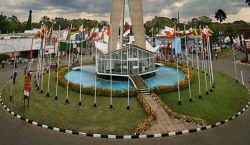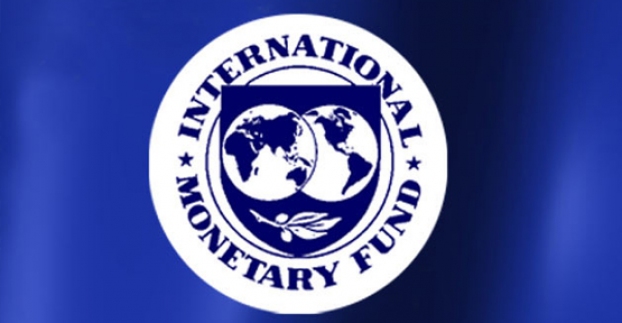



In October last year, the IMF had predicted the region’s economy would grow 4,3 percent.
THE Sub-Saharan Africa economy is projected to grow three percent this year, the lowest rate in nearly two decades due to a slump in commodity prices, severe drought and the effects of the Ebola virus outbreak.
The projected growth rate would be the lowest since 1999, the International Monetary Fund said yesterday in its Regional Economic Outlook for Sub-Saharan Africa.
Last year, the region recorded economic growth of 3,4 percent. It is likely register a four percent growth next year, boosted by recovery in commodity prices, the IMF said.
In October last year, the IMF had predicted the region’s economy would grow 4,3 percent.
“After an extended period of strong economic growth, many sub-Saharan African countries have been hit by a multiple of shocks—the sharp decline in commodity prices, tighter financing conditions, and a severe drought in southern and eastern Africa,” it said.
Several southern and eastern African countries, including Ethiopia, Malawi, and South Africa Zimbabwe are suffering from a severe drought caused by the El Nino phenomena.
Oil exporters, which include Angola and Nigeria, continue facing difficult economic conditions while Guinea, Liberia, and Sierra Leone are recovering from the Ebola epidemic.
While the Fund projected favorable prospects in the medium term, it said the immediate outlook for the region remained clouded by downside risks. The IMF said the region’s medium-term prospects remain favorable but many countries should urgently “reset their policies to reinvigorate growth and realize this potential.”
“To this end, countries should adjust fiscal policies, and for those outside monetary unions, exchange rate flexibility, as part of a wider policy package, should also generally be part of the first line of defense. In the medium term, policies targeted at diversification and financial sector development could also strengthen resilience and boost growth.”
Most oil importers are generally “faring better”, with growth in excess of 5% and even higher in countries such as Côte d’Ivoire, Kenya, and Senegal, said the Fund.
“The decline in oil prices has also helped these countries, though the windfall has tended to be smaller than expected, as exposure to the decline in other commodity prices and currency depreciations have partly offset the gains in many of them,” said the IMF.
According to the IMF, the Southern African Development Community will grow its real GDP by 2.4 % from 2.7 % last year. Zimbabwe will grow 2.7% and increase that to 3.5% next year. Real per capita GDP growth for SADC will be at 0.4% and Zimbabwe at 1.6%.
The report says that with the external environment now much less supportive though, a policy reset is needed to reinvigorate the growth momentum. According to the IMF, for natural resources, a robust and prompt policy response is needed given the prospect of an extended period of sharply lower commodity prices. To date, the policy response—particularly among oil exporters—to a terms-of-trade decline of historic magnitude has to a large extent been hesitant and insufficient.
But with fiscal and foreign exchange reserve buffers limited and financing constrained, the required adjustment will happen, one way or another: the options really are between orderly and disorderly adjustment.
“And by far the best way to lay the groundwork for a quicker, durable, and inclusive economic recovery lies in an orderly adjustment process.” FinX
Follow us on Twitter @FingazLive and on Facebook – The Financial Gazette